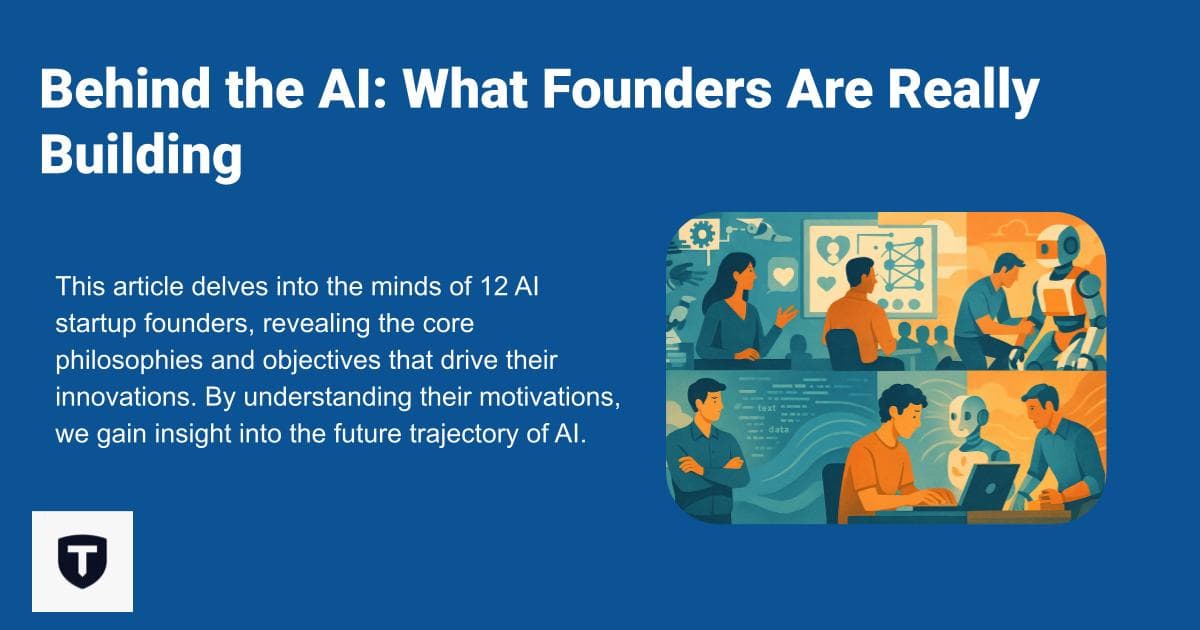The AI landscape in 2025 is no longer about hype — it’s about deployment, differentiation, and defensibility. As foundational models become widely available and cost curves drop, the focus is shifting from raw capability to what gets built on top, and how it gets adopted.
Whether you’re investing in the space or building inside it, here are 20 macro and micro AI trends shaping this year’s strategic terrain.
🧠 Model Evolution & Infrastructure
1. The “Model Wars” Are Over — and Everyone’s a Winner
Closed, open, fine-tuned, or domain-specific: the right model depends on context. Builders are choosing fit-for-purpose models over biggest or newest.
2. Small Models Get Big Attention
Lightweight models (e.g., Phi-2, Mistral 7B) are being deployed in real-world apps where latency, cost, or edge computing matters more than raw power.
3. Open-Weight Models Go Mainstream
Open-source-ish models (LLaMA 3, Mistral, Gemma) are unlocking faster iteration, better customization, and regulatory transparency — especially in Europe.
4. Vector DBs Are the New Backend
RAG is the default method for grounding LLMs in enterprise data. Tools like Pinecone, Weaviate, and Qdrant are quietly essential to modern AI stacks.
5. Agentic Workflows Move From Demo to Deployment
Autonomous agents are moving from weekend projects to real products — especially in sales ops, customer support, and internal automation.
🏗️ Product & Application Layer
6. RAG Is the New SaaS
“Chat with your documents” is being commoditized. Competitive edge now comes from UX, integrations, and domain-specific data structuring.
7. Model Routing Is Becoming Standard
Smart apps dynamically choose between Claude, GPT-5, Gemini, and open models based on task. Model orchestration is now a core capability.
8. UX Is the Differentiator, Not the Model
The best AI tools in 2025 aren’t the smartest — they’re the ones that feel seamless. Interfaces, latency, and explainability matter more than ever.
9. On-Prem and VPC Deployments Surge
Enterprises are demanding more control. Vendors offering secure, local model hosting (e.g., via NVIDIA NIM, Lamini) are gaining favor.
10. Multimodality Is Gaining, But Not Yet Default
Text+image+audio+video models are impressive — but most use cases still rely on text. Multimodal capabilities are additive, not yet core.
🏢 Market Shifts & Enterprise Adoption
11. Enterprise AI Moves from Experiment to Infrastructure
AI is now embedded in CRMs, ERPs, and internal search tools. It’s not a separate initiative — it’s part of the operating system.
12. Horizontal Platforms Are Fragmenting
Instead of “one AI to rule them all,” buyers are assembling modular stacks: best-in-class summarizer + search + workflow agent.
13. Sales-Led AI Is Replacing Prompt Hacking
Procurement teams want real ROI, not cool prompts. Vendors must show tangible, repeatable value — often through white-glove onboarding.
14. Regulatory Readiness Is a Buying Trigger
In industries like finance, healthcare, and education, auditability and model explainability are required features — not nice-to-haves.
15. AI Budget Lines Are Carving Into Cloud Spend
CFOs are tracking AI usage like SaaS or cloud spend. Expect a new class of “AIOps” tools to emerge for monitoring and governance.
💸 Funding, M&A, and Ecosystem Dynamics
16. AI Native Startups Are Outpacing AI-Added
Startups built around AI outperform incumbents that added AI later. Native-first architecture, not bolt-on intelligence, is the edge.
17. The Infrastructure Layer Is Crowded — and Due for Consolidation
Model hosting, fine-tuning, and eval tooling are increasingly redundant. Expect M&A waves or bundling from hyperscalers.
18. Specialized Agents Are a Hot Investment Area
VCs are pouring money into agents with deep workflow specialization (e.g., legal, underwriting, customer ops), not general chatbots.
19. Dual-Use AI Is on the Policy Radar
Defense, biotech, and autonomous systems are triggering new oversight discussions. Builders in these spaces need proactive policy literacy.
20. Global AI Ecosystems Are Localizing
China, Europe, and the Middle East are pushing for sovereign AI stacks. Builders should expect fragmentation in APIs, models, and rulesets.
Final Word:
2025 isn’t just about shipping AI — it’s about building the right AI in the right context. The real winners this year will be those who combine technical fluency with product intuition, enterprise awareness, and timing.




